Benefits of practicing crop rotation in any garden is imperative to maintaining soil health. Any farmer will tell you, by not incorporating crop rotation in the garden can lead to soil depletion of nutrients and fertility, soil erosion, pest and weed issues, and so much more.
This post may contain affiliate links at no additional cost to you. By making your purchases through the links on this website, IMSL may make a small percentage at no direct cost to you. IMSL only promotes products we use & truly believe in. Please refer to my Privacy & Disclosures for further information. IMSL thanks you for your support!
These issues are one’s that any gardener would not want to encourage. No matter the size of the garden, practicing good crop rotation will benefit the soil, increase the crop yield, as well as some surprising benefits to boot!
After all, healthy crops start at the roots with healthy soil quality.
CROP ROTATION DEFINED
Farmers have long known that maintaining optimal soil health is imperative to growing an abundance in the garden. After all, they don’t call healthy garden soil “black gold” for nothing!
So long in fact, that the practice of crop rotation has been utilized in some way since the BC Centuries! So what exactly is crop rotation?
Crop rotation is the practice of deliberately planting alternating crops in different parts of the garden at different seasons in a systematic manner. Or it may mean planting nothing at all, allowing the land to rest and regain strength while laying bare of any plantings.
For example, one might plant an entire field of corn. Once the corn has been harvested, to replenish the soil which has been largely depleted of nitrogen, beans may be planted as this crop helps return nitrogen to the soil.
Another way to replace nitrogen is to consider planting cover crops in between rotations or other crops. After all, cover crops are referred to as “green manure” for a reason 😊
Conscious planting of crops which replenish the soil with various nutrients that the previously planted crop may have diminished is important, as each crop has unique nutritional needs and are susceptible to certain disease and pest issues.
Common sense tells us that if you plant the same crop in the same location year-to-year, aka monocultures or monocropping, (sound like conventional farming today?) soil health will be greatly diminished or forbid, non-existent (that’s a topic for another day).
It also tells us that we are only inviting increased pest and disease issues, making it necessary to increase the use of chemical fertilizers and pesticides in order to increase yield.
No thank you, very much. I would much prefer to work with nature, practice crop rotation, and invite an increase in biodiversity.
A good crop rotation plan mitigates many of these issues when alternating planting deep-rooted and shallow-rooted plants.
WHEN DID CROP ROTATION BEGIN?
The Romans actually termed the practice of crop rotation and letting the land “rest” as “food, feed, fallow”. This system of planting divided the garden into 3 separate sections.
Each year planting a food grain like wheat in one section, feed for livestock like oats or barley in another, and allowing the remaining section to lie “fallow” or empty to rest and regain nutrient content and organic matter, where it was once again planted with the “food” or wheat the third year.
This easy system of rotating the garden proved successful in increasing yield, improving soil quality, and reducing overall loss to pests and disease. Win! Win! My kind of gardening 😊
Crop rotation can be as simple as planting the few crops as the Romans did, or as complex as rotating a complex planting schedule of a dozen or more crops.
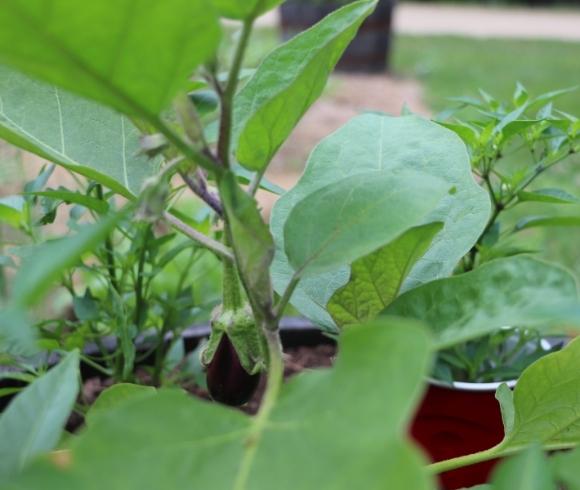
HOW CROP ROTATION WORKS
Although the Romans may not have known the science behind crop rotation, they knew it worked.
Today, we have the science to prove it. One such study done in collaboration with UNH 😊, found that the “greater the diversity” of crops planted the greater yield regardless of growing conditions!
“Long-Term Evidence Shows that Crop-Rotation Diversification Increases Agricultural Resilience to Adverse Growing Conditions in North America”
SD
Soil is a living organism with lots of activity not visibly seen by the naked eye. Full of microorganisms, which when in balance, create a synergistic web that dynamically interacts with plants in a positive way, allowing the soil to thrive over time.
IS CROP ROTATION NECESSARY IN THE BACKYARD GARDEN?
In a nutshell? Yes. It doesn’t matter if you plant acres of garden or a single raised bed. Practicing good crop rotation is essential to maintaining the health of the garden and reducing other issues.
Crop rotation benefits far exceed any effort it may take in planning a good crop rotation schedule. In fact, it may be the single best practice you can institute in your garden.
Think of crop rotation as a practice which helps to bring balance to your overall garden efforts.
So how do those who grow in raised beds, containers or other small spaces practice good crop rotation? Here are a few suggestions.
CROP ROTATION IN SMALL SPACES
For those with very small spaces, practicing crop rotation is completed by using the same outline as those with large gardening spaces.
- Rotate plant families
- Create as much space as possible between the present spot the plant is growing in and where you will plant the crop next year
- Allow as many seasons as possible before planting the same crop in the same location as first planted
IS CROP ROTATION NECESSARY IN RAISED BEDS?
Any gardening space will benefit from crop rotation, and raised bed crop rotation is no different.
Consider planting different crops in different raised beds and then rotate the raised bed location of crops year-to-year.
For instance, plant in one raised bed only the solanaceous crops such as tomatoes, peppers, potatoes, and eggplant. Plant cucurbits such as cucumbers, melons, and squash in another, and finally brassicas such as cabbage, broccoli, and cabbage in another.
CROP ROTATION USING CONTAINERS
Container gardening is a wonderful option when practicing crop rotation in smaller spaces. Consider planting those crops which are more susceptible to disease and pests such as heirloom tomatoes in containers which can then be moved year-to-year.
This practice not only reduces risk of disease and pests, but is an easy solution to increasing space for the practice of crop rotation in small areas.

Another consideration or way to practice crop rotation of sorts in small spaces (or any garden for that matter) is by succession planting.
Succession planting is where crops that take less time to mature, think carrots or lettuce for example. These crops, when you choose a plant from a different plant family in the same location, provide not only additional crops, but also “crop rotation” as well.
For instance, planting and harvesting beets, then planting peas or beans once the beets have vacated, will provide additional harvests and soil regeneration to boot.
BENEFITS OF CROP ROTATION
We’ve talked about a few of the benefits of crop rotation. But the benefits don’t stop at just a few positives. The benefits of crop rotation have a huge impact on many environmental issues we are facing today.
Although no single system will work for every garden or farm, encouraging a system that’s diversified as possible will offer the soil diversified nutrients as well. But is crop rotation just about the soil’s nutrient content?
Not by a long shot.
Here are a few of the benefits of crop rotation for the soil and beyond …
HOW CROP ROTATION HELPS SOIL FERTILITY
Issues such as soil crusting, cloddy soil, soil that is too dry or too wet, erosion, compaction, and low yield crops can all be caused from not rotating crops properly.
By planting the same crop year after year leads only to deplete specific nutrients in the soil as each variety of plant has very different soil interactions.
Sharing Is Caring ❤️
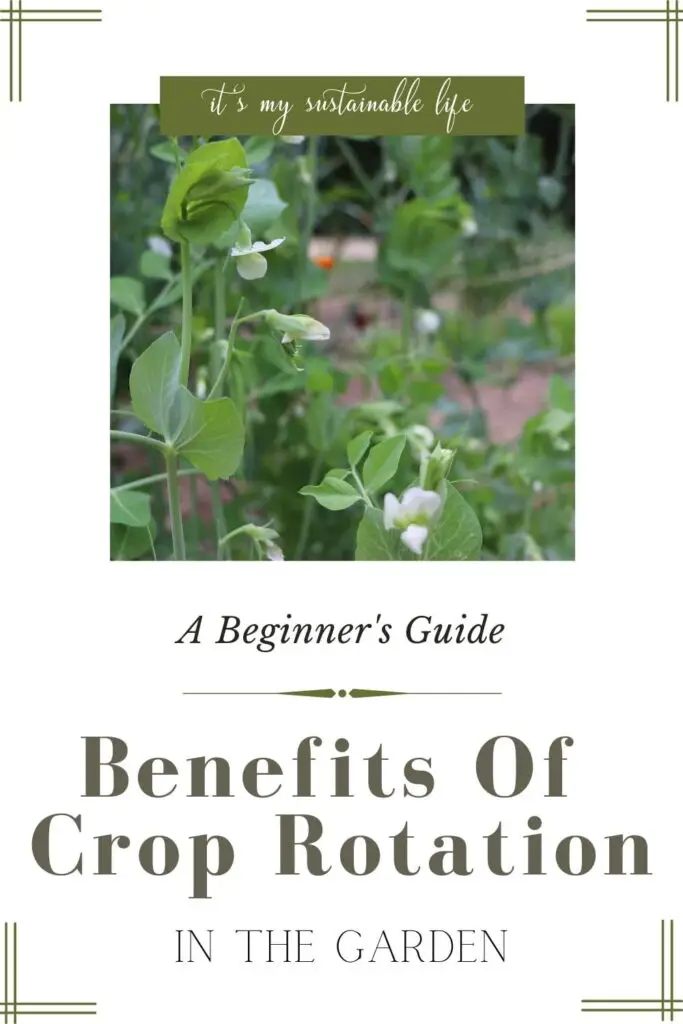
When crop rotation is in place, the planting of different varieties of plants, one right after the other increases the soil fertility by replenishing deficient nutrients, as well as increases organic matter left behind by the activity of microorganisms of each plant planted.
The soil structure will be improved, aeration and drainage improved, and the soil will retain its vitality & health more readily with the improvement of organic matter created by the microorganisms left behind after each planting.
HOW CROP ROTATION AIDS SOILS NUTRITIVE VALUE
As previously mentioned, land that is the recipient of a proper crop rotation plan allows the soil to naturally regenerate, rejuvenate, and supply all the nutrients needed for healthy plant growing.
All that, and without any additional fertilizers being needed.
Nitrogen is a crucial nutrient for plant development and is a main contributor to the plant proteins and chlorophyll content.
Healthy plants require a fixed form of nitrogen which they receive from healthy soil in the form of ammonia, nitrate or nitrite, which they receive by planting certain crops such as leguminous crops.
Educating yourself on what to grow after a rotation is critical to avoid too much or too little buildup of various nutrients in the soil.
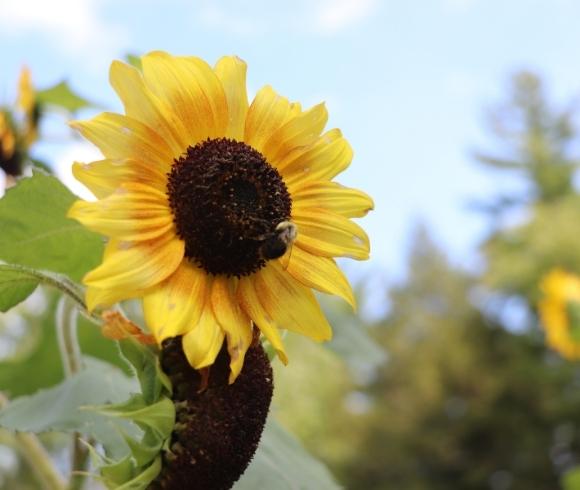
HOW CROP ROTATION CAN INCREASE CROP YIELD
Studies now show “more diverse rotations improve yield” of crops over continuous cropping, aka mono-cropping, with as much as 48% increase in yields!
Obviously, the plethora of nutrients being provided through crop rotations and various plantings is a feast for the plants themselves, thus helping to increase yields.
HOW CROP ROTATION HELPS CONTROL WEEDS
Crop rotation builds the foundation for weed control. How? By planting a wide variety of plants greatly reduces the risk of any “one weed species from becoming problematic”.
The crops themselves crowd out the weeds, reducing the population of the weeds, or even better, snuffing them out completely.
When planting crops for pest and disease control, more below on that, it’s essential that close attention is paid to selecting the right varieties. However, when weed control is the focus, crop options are less critical.
When growing an organic garden, one without the use of herbicides for weed control, the more diverse the planting options, the lower the density of weed issues and species. Why? Because the increased diversity tends to disrupt the life cycle of the weed itself.
By including a clean “fallow” period, or rest period in the rotation the perennial roots and rhizomes of annual weeds will be greatly reduced if not eradicated completely.
In addition, following these few tips will aid in the process of weed control as well…
- Follow with plantings of crops that the weeds can easily be removed prior from going to seed
- Adhere to plant selections where weed seed production can be prevented; ie including successive plantings of short-season crops, and alternating with clean fallow periods
- Rotate between crops that are planted in opposite seasons
- Avoid cover crops which promote weeds such as hairy vetch
Although not an exhaustive list, the above gives a few suggestions when striving to grow a garden that’s “weed” free 😊
HOW CROP ROTATION HELPS CONTROL PESTS AND DISEASES
The ultimate goal of using crop rotation for pests and disease issues is to reduce the threat of either in the soil. There are pathogens which can remain and survive in the soil from year-to-year. By planting crops which do not host these issues, the likelihood of these pathogens building into large populations is reduced.
Pests and diseases in the garden are a loyal bunch. They have their preferences when it comes to a host. By planting varieties not within the same family of plants as they often share the same pest and disease issues, the levels of pathogens present in the soil will be reduced.
By moving or displacing their “host” through crop rotation, the annual cycle of both are greatly disturbed.
Crop rotation is in fact a Food and Agriculture Organization’s (FAO) preferred method of Integrated Pest Management (IPM) tools at our disposal, aiming to reduce overuse of chemical pesticides and herbicides.
HOW CROP ROTATION AIDS IN REDUCING POLLUTION
Today’s agricultural system is no longer that of yesteryears. Instead of a symbiotic balance between earth and human needs, we have tipped the balance to just human needs. And at the cost of the earth.
The soil itself is tired. In fact, the topsoil layer (usually the top 5-10 inches of soil) hold the largest concentration of organic matter and microorganisms. It’s where the biological activity of Mother Earth happens.
Today, there are some who estimate that upwards of 70% of Earth’s topsoil is gone. Completely. Gone. Seems to me it’s time to start thinking of our soil as not just dirt. But a living entity. One that needs to be nurtured and cherished.
Today’s agricultural system supplements the soil’s lack of nitrogen through intense synthetic fertilization practices. The disruption in the natural, balanced nitrogen cycle along with the overuse of fertilizers has led to the disruption of our land and water ecosystems.
It’s estimated that around 80% of these nitrogen rich fertilizers end up in our waterways, contaminating our resources! Not to mention what it’s doing to the soil itself.
Rotation in the garden reduces the need of utilizing synthetic fertilizers to maintain nitrogen levels in the soil. Thus, the risk of these pollutants running off and entering our ground waterways and resources is negated.
A reduction in greenhouse gas emissions is also a benefit of crop rotation. As the amount of nitrogen fertilizer needed goes down, so too does greenhouse gas emissions. And not only through application on the fields, but also in manufacturing and transportation emissions.
HOW CROP ROTATION HELPS CONSERVE WATER
Crop rotation strengthens the soil structure. Soil structure is what the soil is composed of. The way that the individual components of sand, silt, and clay are put together.
According to SARE, practicing proper rotation in the garden may be the most effective way to manage our water resources!
With improved soil structure, by rotating crops in our gardens the soils capacity to hold water greatly increases. How does this conserve water? Because the need to irrigate the crops is decreased as the soil’s water retention increases.
HOW CROP ROTATION HELPS PREVENT SOIL EROSION
In addition to conserving water by not having to irrigate as often, the soil’s nutrient runoff is reduced, there is a lower risk of flooding as the soil soaks up and retains any excess water, erosion issues are reduced, and our groundwater levels are increased!
How’s that for helping out the environment with a FREE and simple method of gardening year-to-year?
In addition to all the crop rotation benefits already listed, by utilizing a good rotation schedule you are diversifying the crops we grow while at the same time lowering the cost of production! I don’t know of any farmer who would not think of this as a WIN!
HOW CROP ROTATION CAN HELP IN SOIL CONSERVATION
As discussed throughout, soil erosion is an issue and one that stems from water and wind exposures.
By improving the soil structure itself, and reducing the amount of soil which is exposed to water and wind conditions, we are ultimately reducing soil losses.
Cover crops are very effective in reducing rain impacts on the soil. This in turn then reduces sediment detachments which slows surface runoffs which all equal less soil loss.
To maximize this effect, rotations need to be flexible and reflect each growing regions climatic conditions.
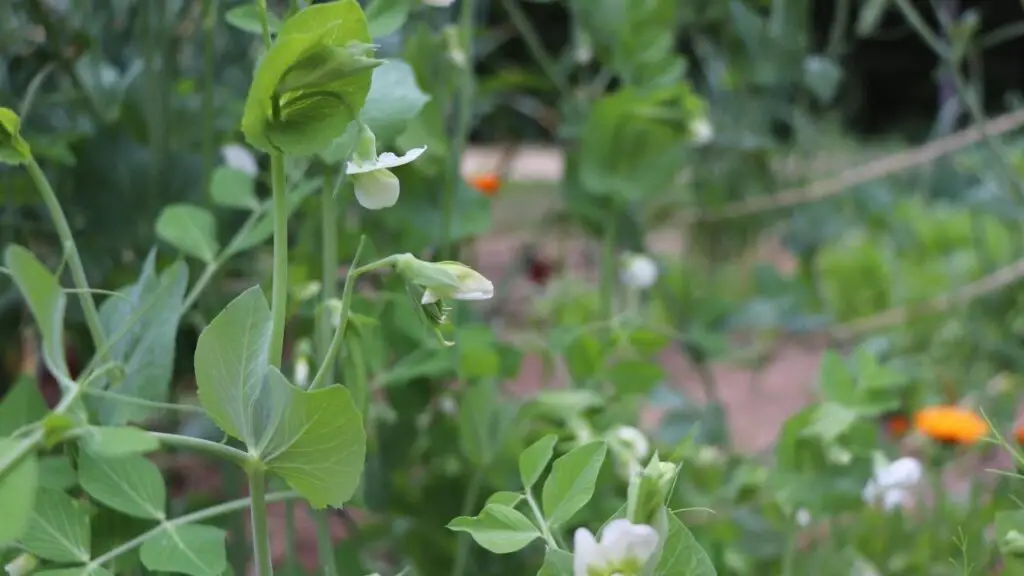
With all the benefits of crop rotation listed above, you can bet your bottom dollar that practicing crop rotation in any garden is good for the environment!
A BACKYARD GARDENER’S GUIDE TO CROP ROTATION
Now that we are aware of what crop rotation is, what it’s good for and more, we also need to be aware that it’s not only good for preventing issues and disease.
We need to consider how the soil itself will be affected when certain plants are planted. How those plants that are previously planted will affect both the soil and the nutrients that different plants require from the soil that are planted thereafter.
Basically, it’s helpful to know the plant families themselves as successful crop rotation practices need to “stay in the family” if you will.
PLANT FAMILY GROUPS
ALLIUM – onions, shallots, leek, garlic
BRASSICAS – broccoli, cauliflower, cabbage, brussel sprouts, kale, turnip greens, Chinese cabbage, collards, radish, and mustard greens.
*These plants all share the same pest issues such as cabbage moths and may need to be netted to hinder them.
**This family of plants require nitrogen-rich soil
***This family of plants should be planted after the legume family
CUCURBITS – zucchini, cucumbers, summer squash, winter squash, pumpkin, watermelon, cantaloupe, and gourds
*This family of plants are heavy feeders that enjoy rich soils
LEGUMES – green beans, green peas, southern peas, soybeans, peanuts
*This family are all soil “fixers” by adding nitrogen back into the soil
NIGHTSHADES – tomato, eggplant, potato, and peppers
*These plants are typically all affected from the same diseases
**This family of plants are also heavy feeders that enjoy rich soil
***Tomatoes should NEVER be planted after potatoes
UMBELLIFERS – carrot, parsnip, parsley, dill, fennel
Obviously these are not the only plant families out there. Some plant families have only one member within the “group” such as corn, okra, and sweet potato, and therefore fly solo in the plant family kingdom 😊
HOW TO SUCCESSFULLY INTRODUCE CROP ROTATION IN THE GARDEN
No two gardens are the same. The backyard gardener’s needs are going to vary greatly from the large farmer looking to make a living from their crops. Each growing region has different climatic issues to take into consideration, and each crop has different light, air, water, nutrient and temperature requirements.
The most important factor when introducing crop rotation in any garden is planning and management. That and following a few general rules of thumb along the way.
CHOOSING THE RIGHT CROPS FOR CROP ROTATION
A successful crop rotation requires choosing the right crops to grow when. A few considerations when selecting the crops to grow…
- Crop rotation requires growing crops that compliment one another, and vice versa. For example, the never, never rule of never planting tomatoes after potatoes
- Consideration should be given to the type of root system the crop has. Certain crops boast strong deep roots which are able to penetrate into the soil deeply. These type of plants, such as southern peas, carrots, and tomatoes have deep, fibrous roots which help to break up and aerate the soil, improve soil structure as well as drainage
- Deep-rooted plants like the ones mentioned above should be alternately grown with shallow-rooted crops. By doing so, soil structure and drainage are both improved within the soil. An example of this would be to follow a planting of corn with cabbage
- Plants that require a lot of nitrogen such as soybeans should be followed by nitrogen-fixing plants such as corn
- To add nitrogen naturally to the soil plan on planting legumes such as peas or beans, or plant fast-growing cover crops such as buckwheat
- Keep the soil covered with nutrient dense options as much as possible to aid in keeping weeds at bay, ie cover crops
Creating a balance between what you want to grow and what’s best for the garden to grow is essential to creating a successful rotation schedule.
CROP ROTATION PLANNING IN YOUR GARDEN
Crop rotation plans can vary. Largely dependent on the size of your garden, crop rotation plans can range from a 3 year rotation to a 6 or more year plan.
When making your crop rotation plan, group the annual vegetables and plants into their family groups. Whether you use a simple graph, spreadsheet, or color coded system is totally up to you.
Make sure you leave any miscellaneous or single family plants available to plant into those vacant spaces that are sure to pop up.
UTILIZING A GARDEN MANAGEMENT PLANNER
Highly recommended is utilizing our Garden Management Planner to maintain year-to-year records of what you’ve planted where each year.
A simple sketch or layout will work sufficiently of the garden layout. I recommend noting the variety, cultivar and plant family names. More information is better than less.
Keeping thorough records, planning in advance, and executing the plan each year can mean the difference of an abundant garden or one with little to no return.
Crop rotation is a time proven practice that works. Increasing not only the nutrient cycles of the soil, but also the soil organic matter levels, crop yields. Recently, research is beginning to take a look at the positive effects rotation may have on the “active time” a plant is growing and producing, just adding to the many benefits of crop rotation.
It’s a practice with many environmental benefits. One that’s sustainable and highly productive when instituted in gardens of any size.
All exciting and pretty much what farmer’s of old already knew. Crop rotation works when it’s planned and utilized to its fullest.
How will you be taking advantage of crop rotation benefits?
Love, Light, & Laughter ~

SHOP THIS POST
Enjoy this article? Please consider sharing it on your favorite social media channel! Want more? Subscribe below for the occasional update with all the “happenings on the hill”!
May Be Of Interest
- How To Sanitize Seed Trays
- How Often To Water Tomato Plants
- Winter Sowing In Milk Jugs
- How To Appliqué
- What Food Group Are Eggs In

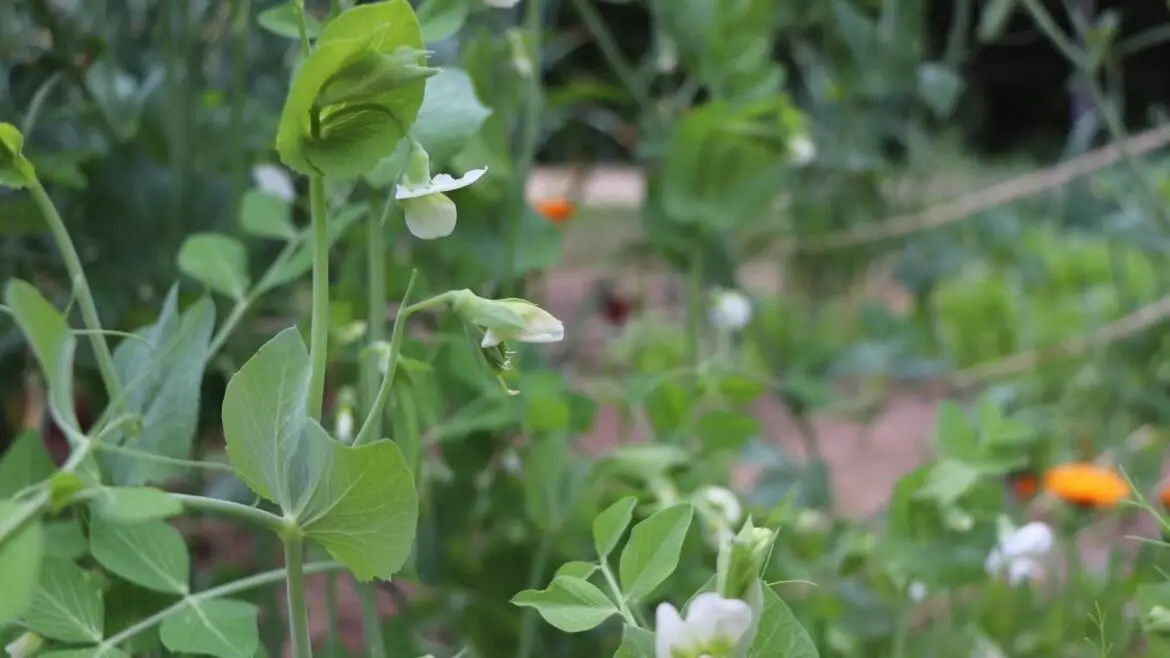

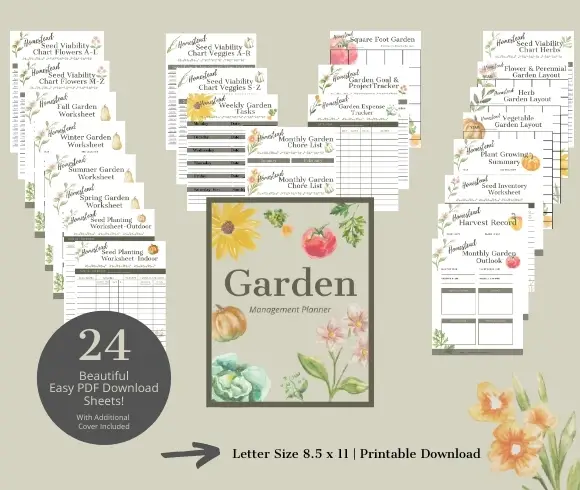
15 comments
Perfect timing! I’ve been trying to figure out the best way for crop rotation in my raised beds. I printed out your section of plant families to make it easier for me to plan planting groups 🙂
This is interesting. I knew about crop rotation on a large scale, but didn’t ever think about incorporating it in small raised beds as well. Thanks for the information!
We never knew how important crop rotation is. Dating back to the Romans definitely surprised us. Thank you for sharing.
I do need to do this! I tried the “lasagna gardening” technique to enrich the soul where my tomatoes grow. Next year I should rotate.
I have always prescribed to crop rotation. I have a fairly large backyard garden and I find it critical to rotate crops from year to year. I did not know that it helps with weed control.
I come from a long line of farmers so was aware of some of the benefits of crop rotation. Greatly appreciate learning more as well as the history and the related groups.
That is so interesting that crop rotation goes back to the Romans. I will try anything to try and control weeds better!
Crop rotation is a great tip to have for our backyard gardens. You really covered all the points making it easy to know the what and the why behind this timeless tip. We really can get the best advice from our neighboring farmers.
Great tip, saw you on the Homestead Blog hop!
Thanks so much for stopping by, Tracy! I’m happy you enjoyed the article.
The garden management program sounds amazing to help with crop rotation. So helpful!
This is really good information about the importance of crop rotation. It made me wonder if it is being practiced in all the tobacco farms I drive by in North Carolina.
Interesting article. I have heard so much about this topic and it totally makes sense. The last thing we want is for our soil, that we have worked hard to build up, to deteriorate.
Great information about the benefits of crop rotation. So important for sustainability!
Crop rotation makes complete sense to me. I do it with my container garden to keep my plants healthy.
This is great information. I miss the days when we use to garden, but I still enjoy learning new things. Thank you for sharing this information.